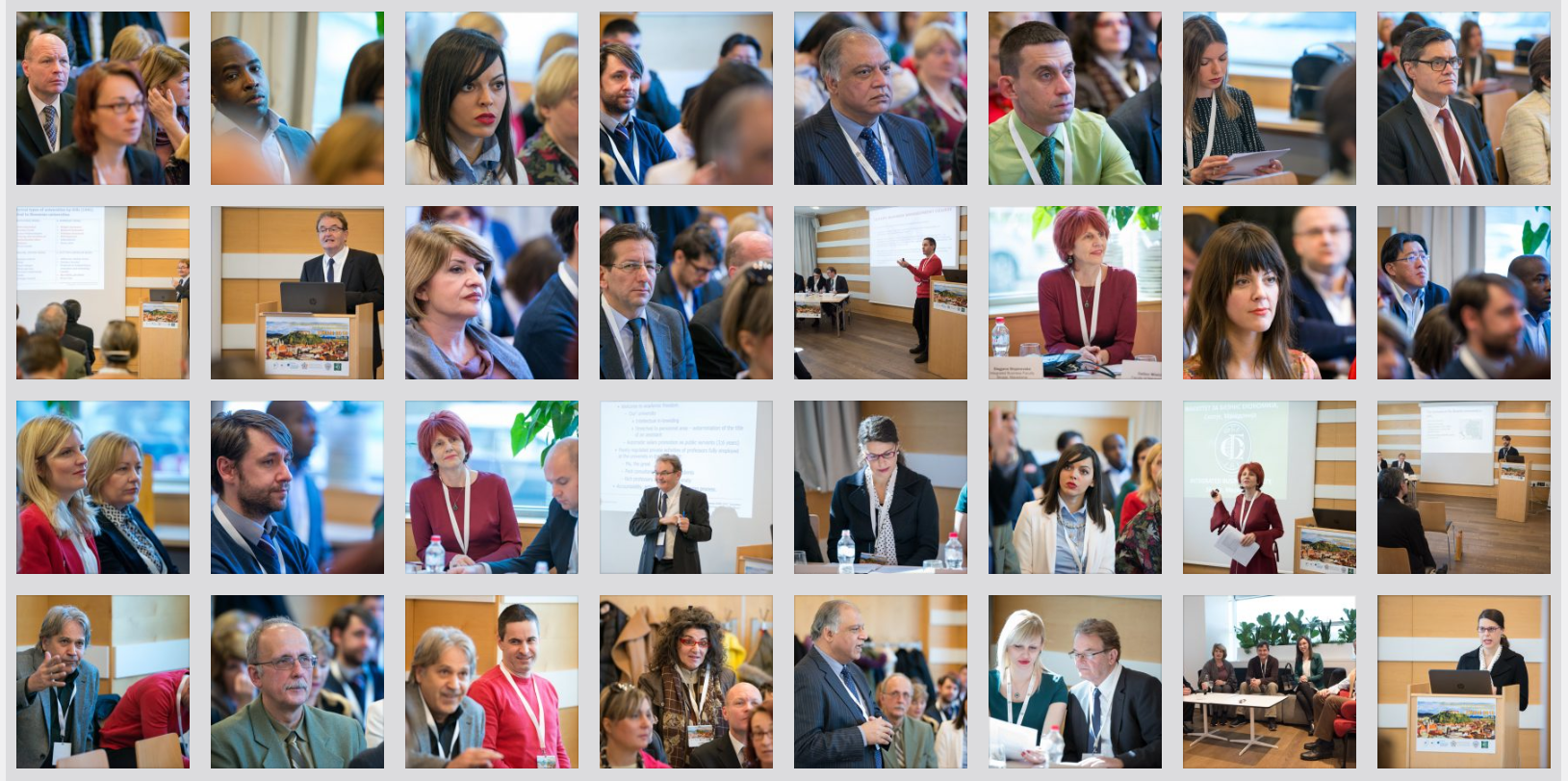Krisztina Bence-Kiss – Hungarian University of Agriculture and Life Sciences, Kaposvár Campus, Guba Sándor utca 40. H-7400, Kaposvár, Hungary
Keywords:
Religious marketing;
Consumer attitude;
Krishna Consciousness
Abstract: Religion and marketing are two concepts rarely discussed in the same context. Still, spreading beliefs has always been fundamental to religious communities; and nowadays more and more religious groups turn towards modern forms of marketing, such as online and social media marketing, to gain more followers. Research findings are contradictory on how consumers react to the promotion activities of religious groups: while some studies account for a high level of consumer rejection towards religious marketing, others find that there is a level of understanding towards religious communities. This research aims to study and discuss the consumer attitudes of the visitors of Krishna-conscious communities in Europe concerning marketing religions on a sample of 330 respondents. The research findings have shown that there are consumer groups with variable attitudes towards different aspects of promoting religion, including promotion and tourism, product sales, economic activities, and credibility.

Download full paper

8th International Scientific Conference – EMAN 2024 – Economics and Management: How to Cope With Disrupted Times, Rome, Italy, March 21, 2024, CONFERENCE PROCEEDINGS, published by: Association of Economists and Managers of the Balkans, Belgrade, Serbia; ISBN 978-86-80194-83-7, ISSN 2683-4510, DOI: https://doi.org/10.31410/EMAN.2024
Creative Commons Non Commercial CC BY-NC: This article is distributed under the terms of the Creative Commons Attribution-Non-Commercial 4.0 License (https://creativecommons.org/licenses/by-nc/4.0/) which permits non-commercial use, reproduction and distribution of the work without further permission.
REFERENCES
Andok, M., Szilczl, D., & Radetzky, A. (2023). Hungarian Religious Creatives—Comparative Analysis. Religions, 14(1), 97. https://doi.org/10.3390/rel14010097
Attaway, J. S., Boles, J. S., & Singley, R. B. (1997). Exploring Consumers’ Attitudes toward Advertising by Religious Organizations. Journal of Marketing Management, 13 (Fall/Winter), 71–83.
Bence, K. (2014). Appearance of marketing in religion – someone, who admits it. [Master’s Thesis]. Retrieved from Corvinus TDK és Szakdolgozat Gyűjtemény.
Bence-Kiss, K. (2021). Strategy set by faith – Analyzing the marketing concepts of communities devoted to Krishna Consciousness in Europe. Doctoral Dissertation]. Retrieved from https://doktori.hu/index.phpmenuid=193&lang=HU&vid=22565
Campbell, H. A. (2017). Religious communication and technology. Annals of the International Communication Association, 41(3-4), 228-234. https://doi.org/10.1080/23808985.2017.1374200
Campbell, H. A. (2020). Digital Creatives and the Rethinking of Religious Authority. https://doi.org/10.4324/9781003045625
Cutler, B. D. (1992). Religion and Marketing: Important Research Area or a Footnote in the Literature? Journal of Professional Services Marketing, 8(1), 153-164. https://doi.org/10.1300/j090v08n01_12
Einstein, M. (2008). Brands of Faith: Marketing Religion in a Commercial Age (Media, Religion and Culture), New York: Routledge.
Ellis, A. (1994). Reason and emotion in psychotherapy – revised and updated. New York, NY: Birch Lane Press.
Juravle, A. I., Sasu, C., & Spataru, G. C. (2016). Religious Marketing. SEA – Practical Application of Science, Romanian Foundation for Business Intelligence, Editorial Department, 11, 335-340.
Kotler, P. (1980). Kotler Tells Workshop: Marketing Can Offer Useful Perspective to Declining Churches. Marketing News, (August 22) 1, 2.
Kotler, P., & Levy, S. J. (1969). Broadening the Concept of Marketing. Journal of Marketing, 33(1), 10. https://doi.org/10.2307/1248740
Kuzma, A., Kuzma, A., & Kuzma, J. (2009). How religion has embraced marketing and the implications of business. Journal of Management and Marketing Research, 2, 1-10.
Lázár Kovács, Á. (2017). Vallás-média-nyilvánosság: Új társadalomtudományi perspektívák. Budapest: Gondolat Kiadó.
Malhotra, N. K., & Simon, J. (2009). Marketingkutatás. Budapest: Akadémiai Könyvkiadó.
Mannerfelt, F. (2022). Co-Preaching: The Effects of Religious Digital Creatives’ Engagement in the Preaching Event. Religions, 13(12), 1135. https://doi.org/10.3390/rel13121135
McGraw, A. P., Schwartz, J. A., & Tetlock, P. E. (2011). From the Commercial to the Communal: Reframing Taboo Trade-offs in Religious and Pharmaceutical Marketing. Journal of Consumer Research, 39(1), 157-173. https://doi.org/10.1086/662070
Mulyanegara, R. C., Tsarenko, Y., & Mavondo, F. (2011). Church Marketing: The Effect of Market Orientation on Perceived Benefits and Church Participation. Services Marketing Quarterly, 32(1), 60-82. https://doi.org/10.1080/15332969.2011.533100
Sajtos, L., & Mitev, A. (2007). SPSS kutatási és adatelemzési kézikönyv. Budapest: Alinea Kiadó.
Sükösd, M. (2017). Buddhizmus a médiában. Az amerikai, a brit és az angol nyelvû kínai újságok értelmezési keretei. Médiakutató, 18 55–74.
Woodhead, L., Heelas, P., & Martin, D. (2002). Peter Berger and the Study of Religion. Routledge, London.

